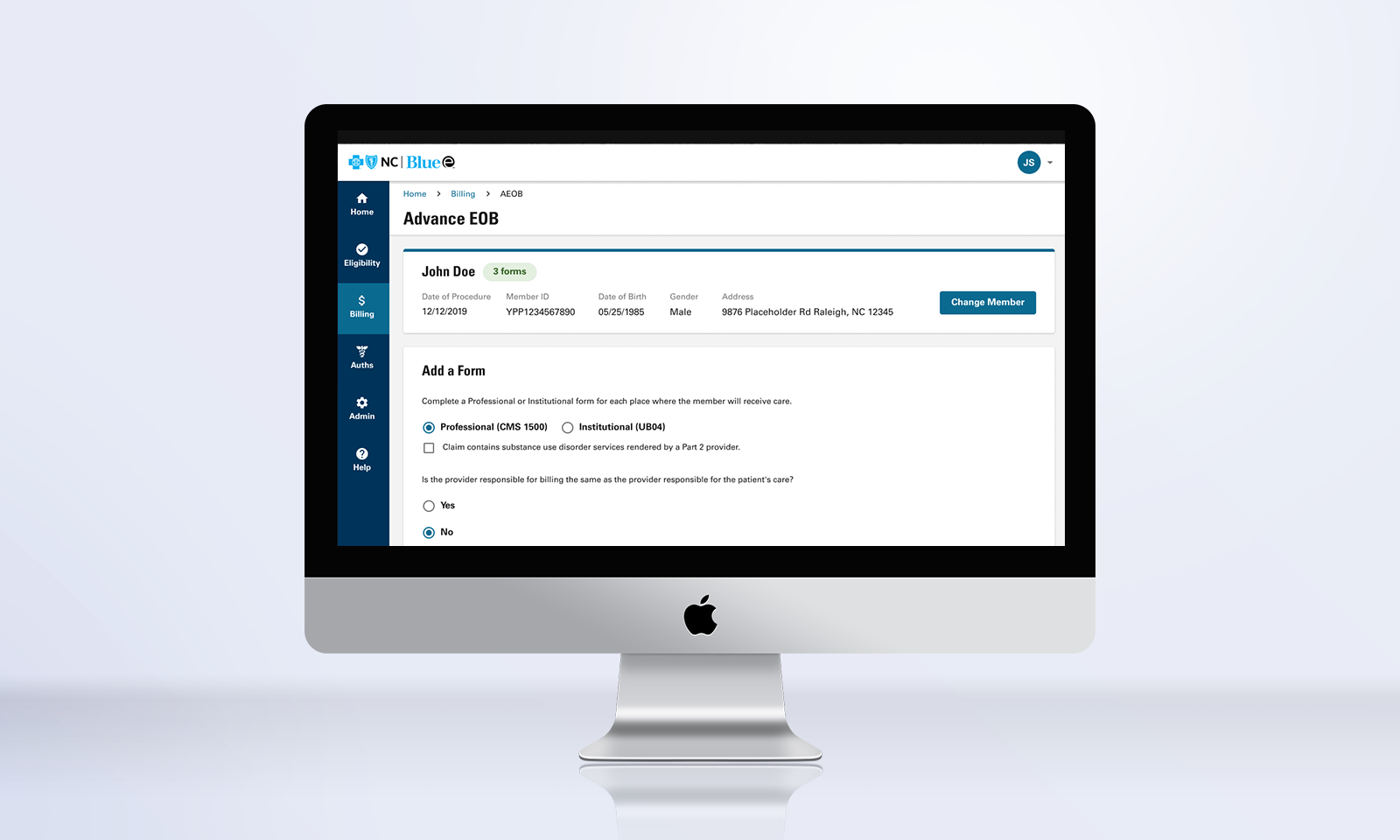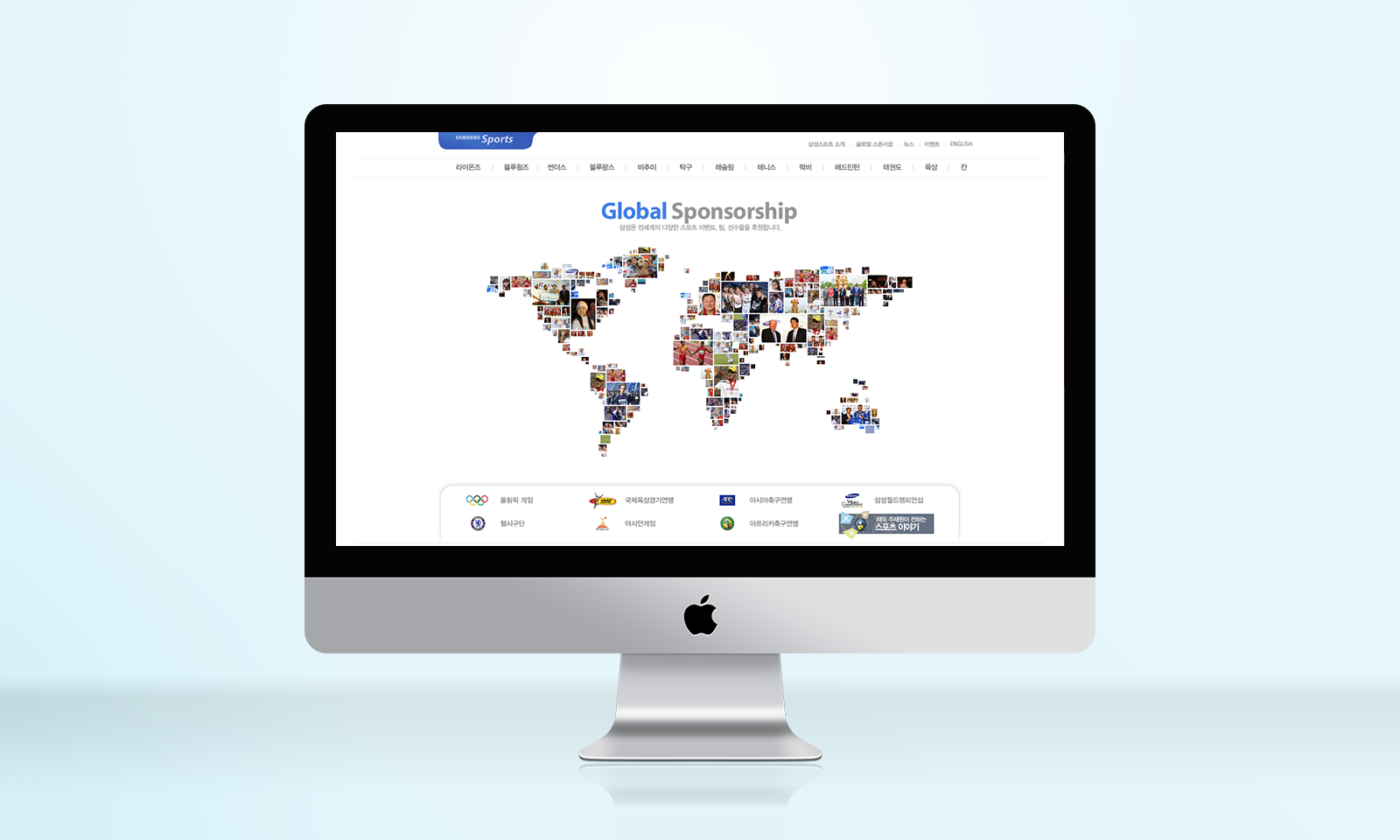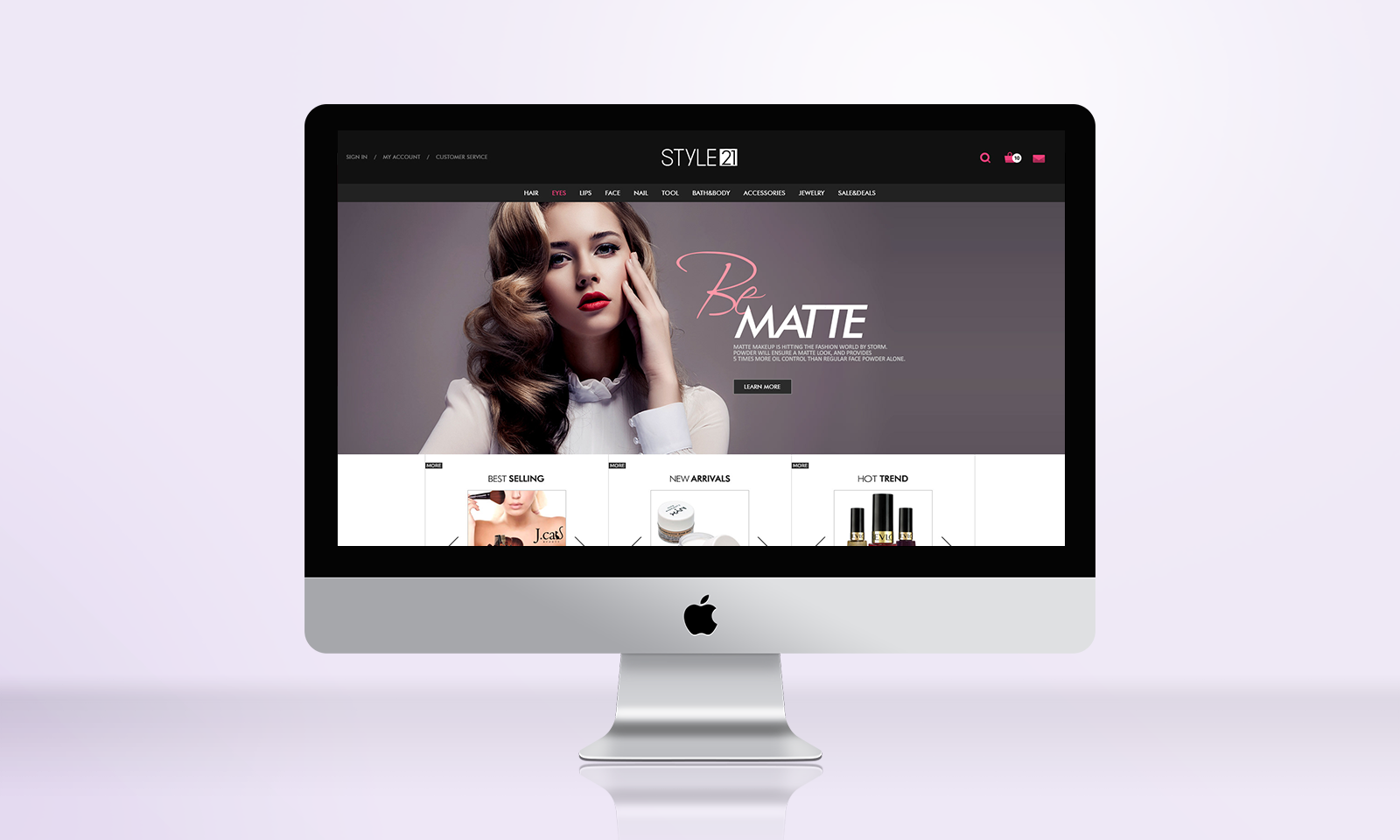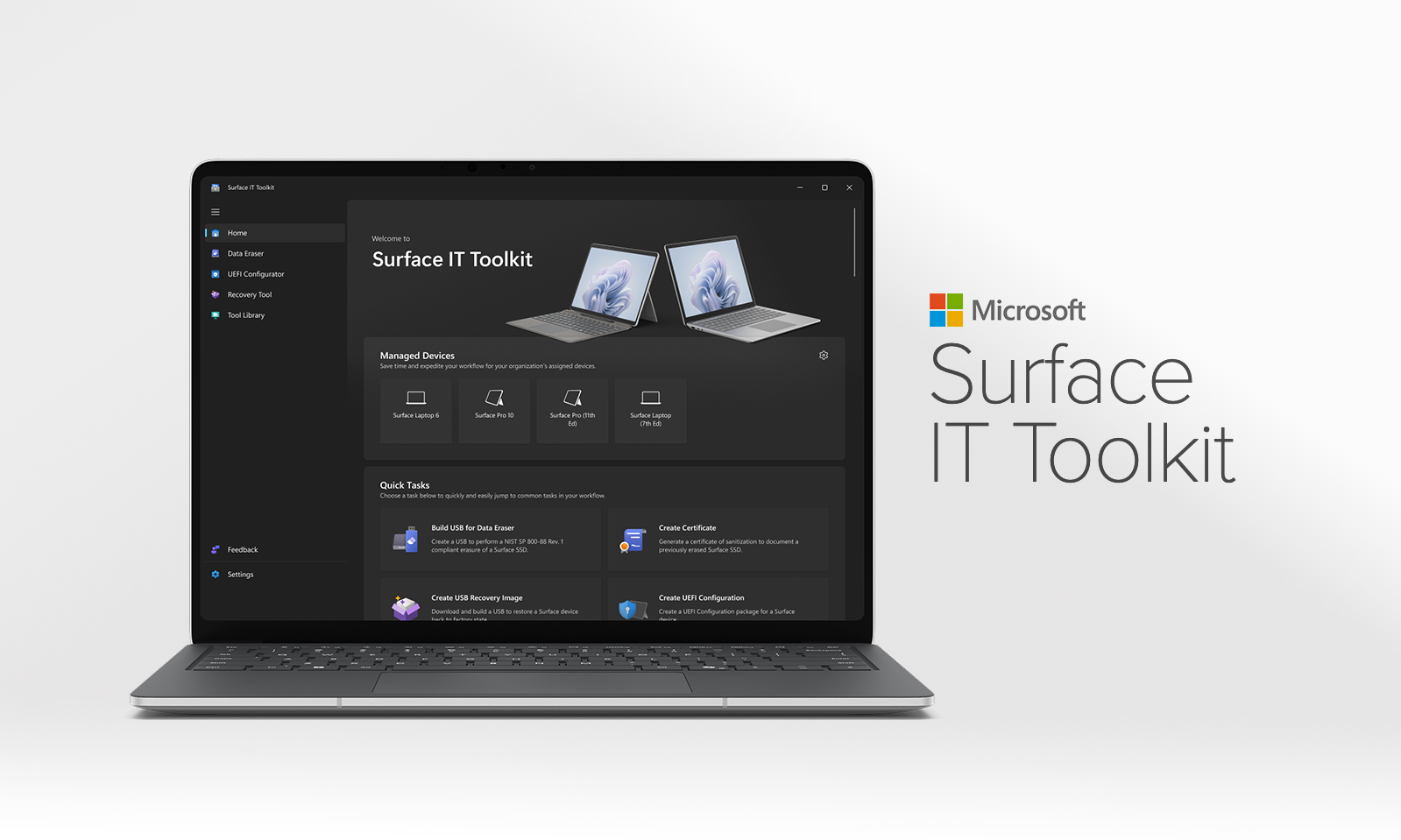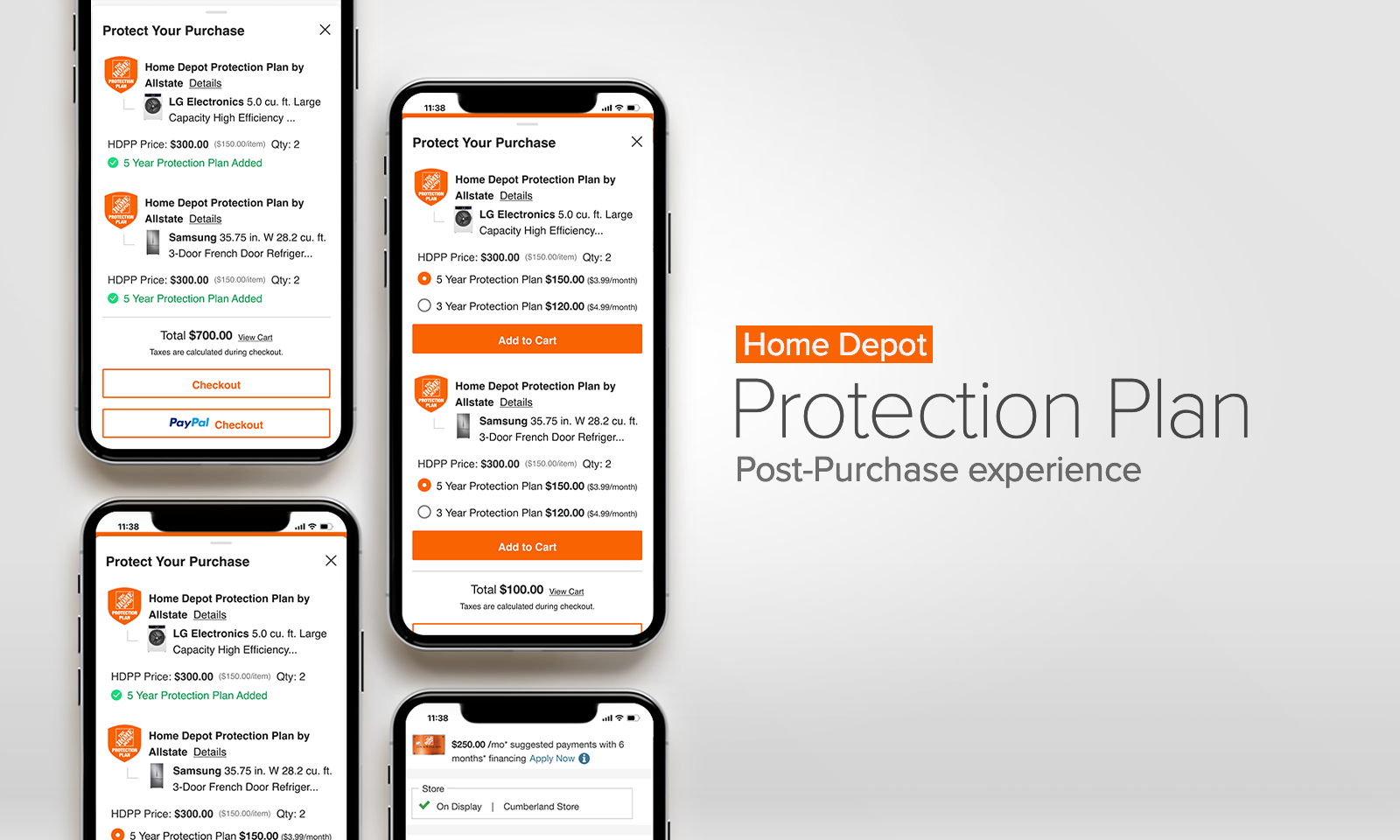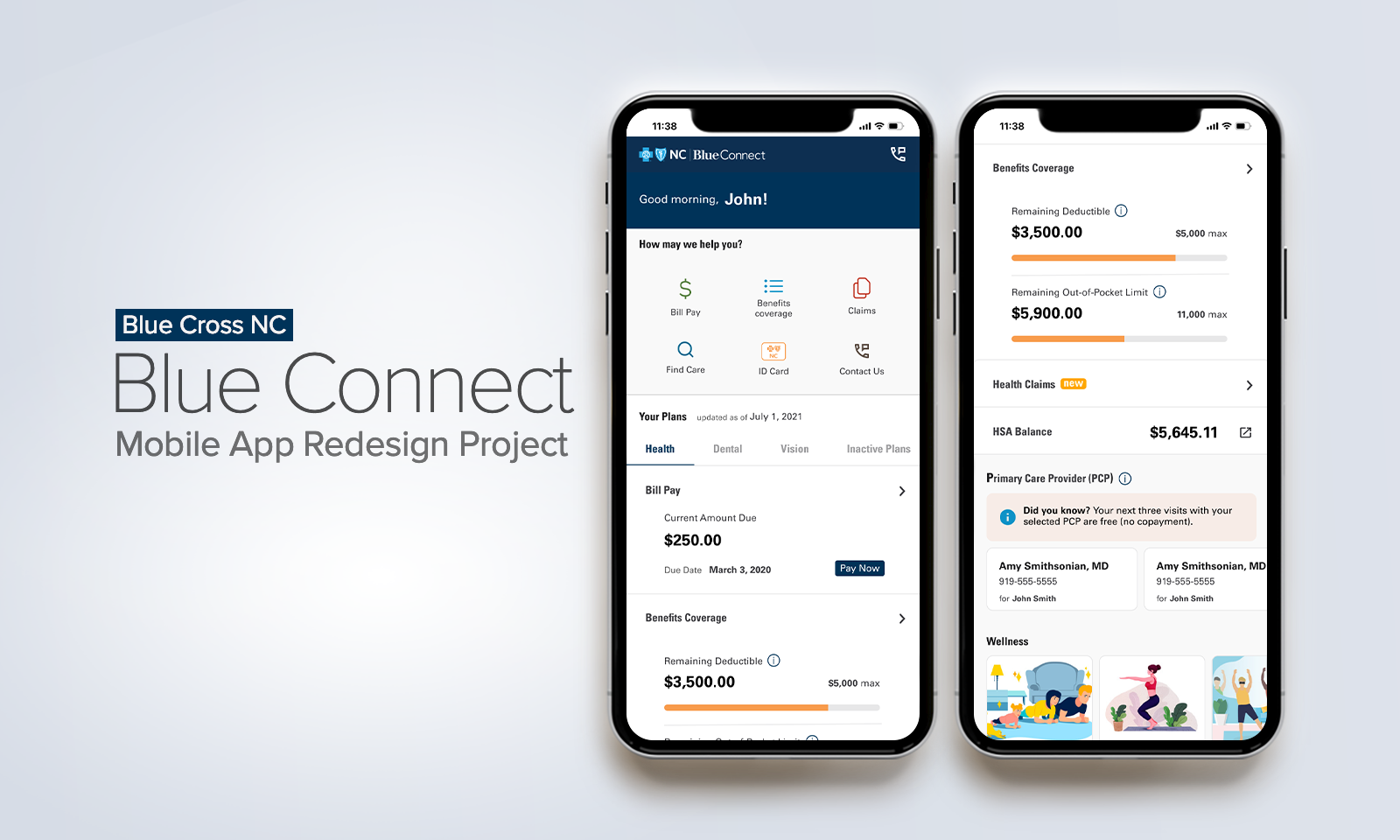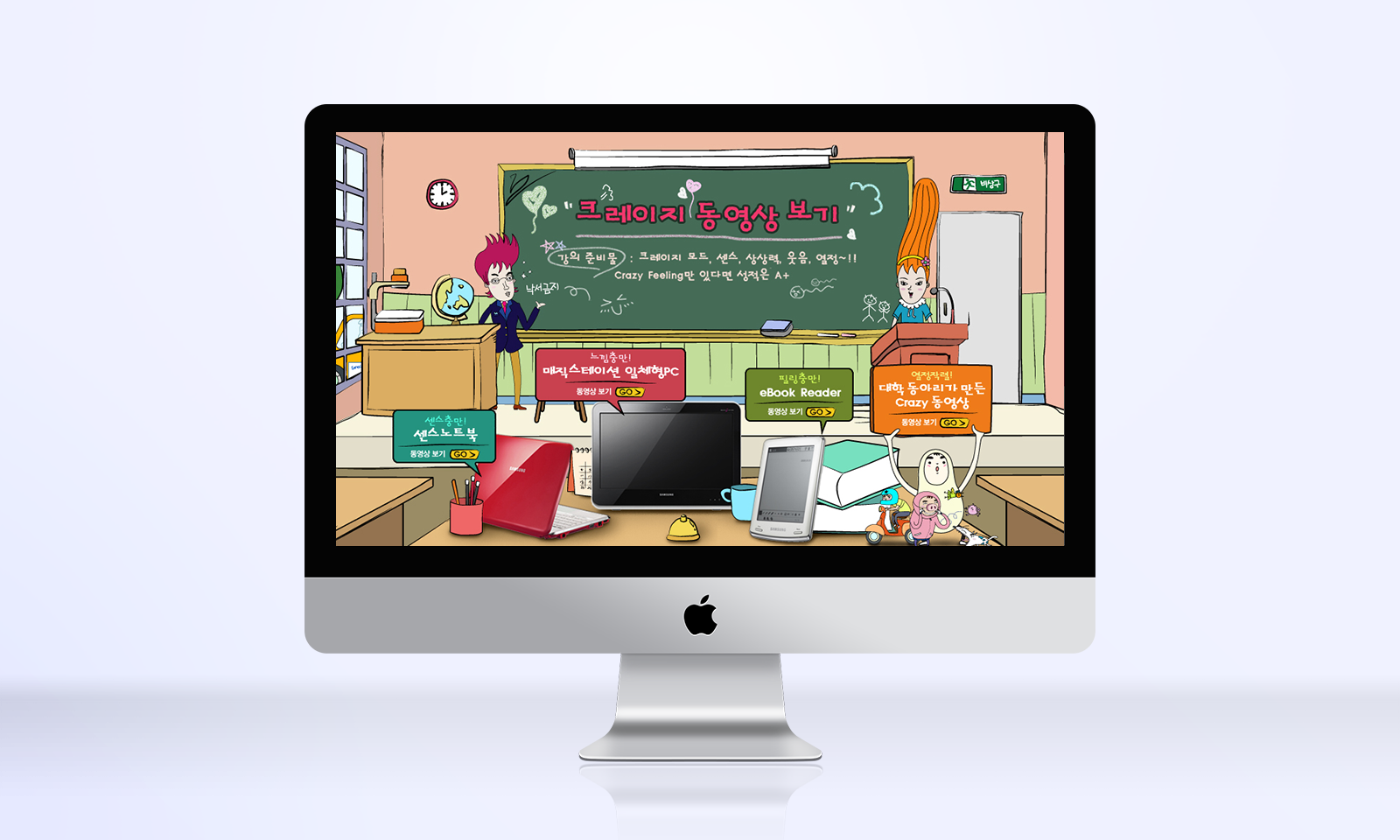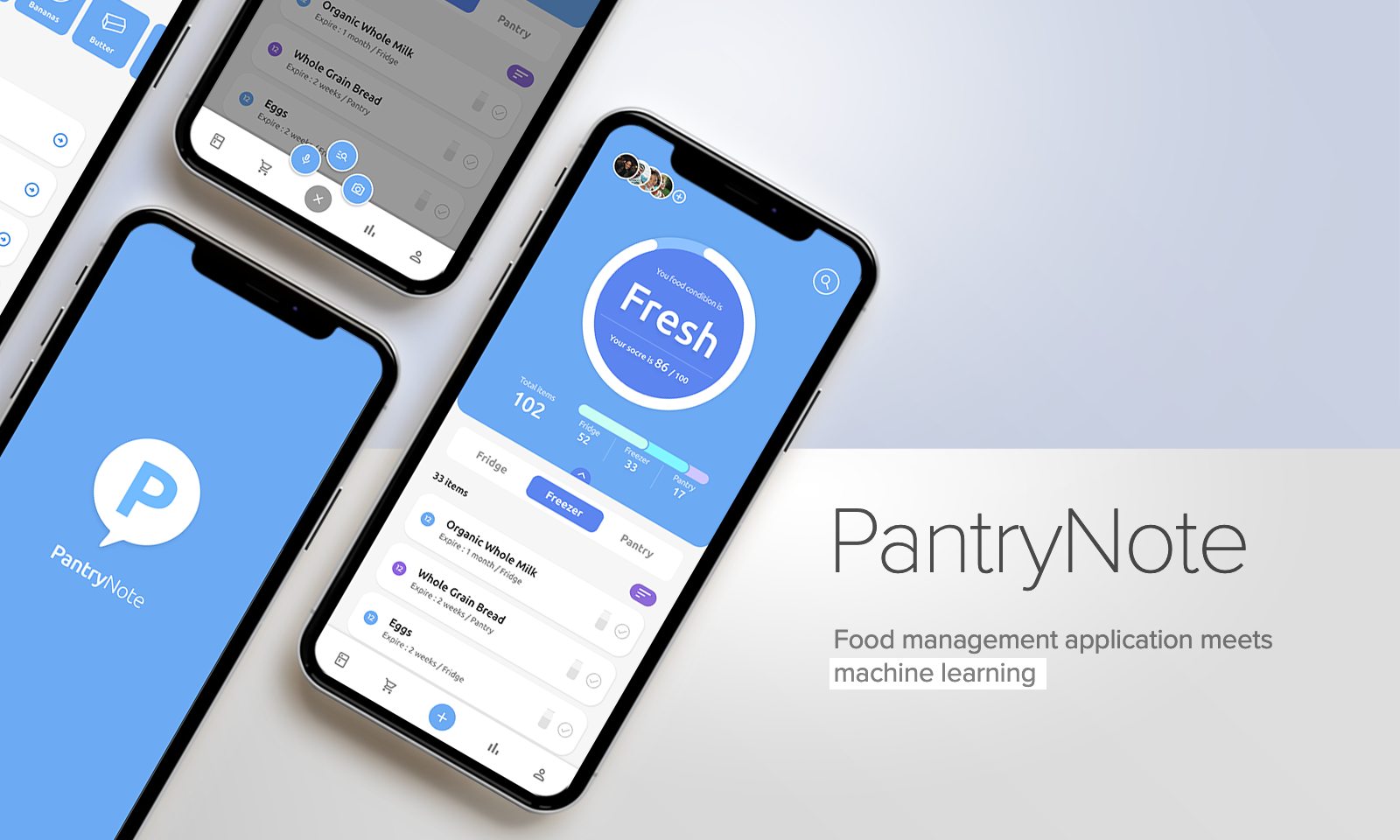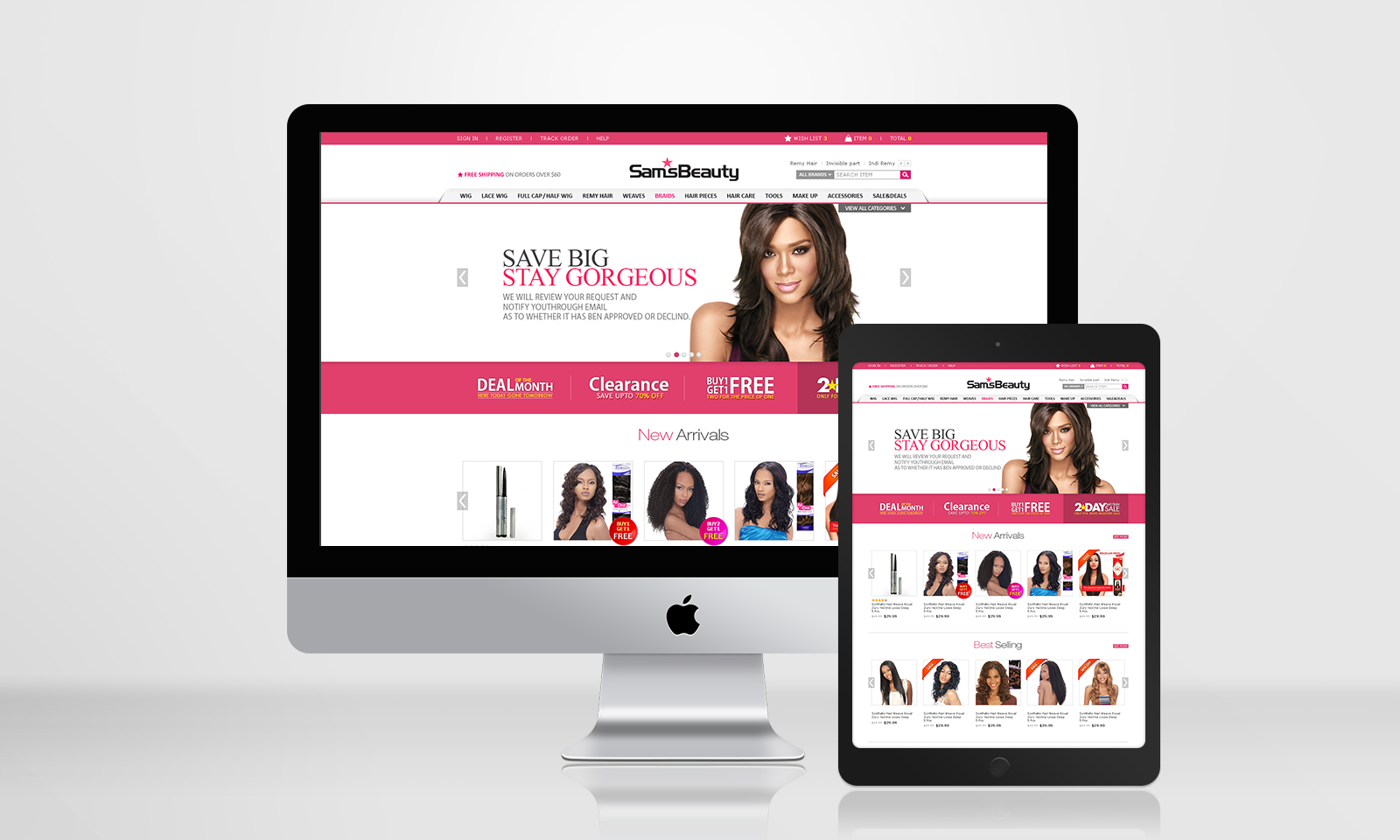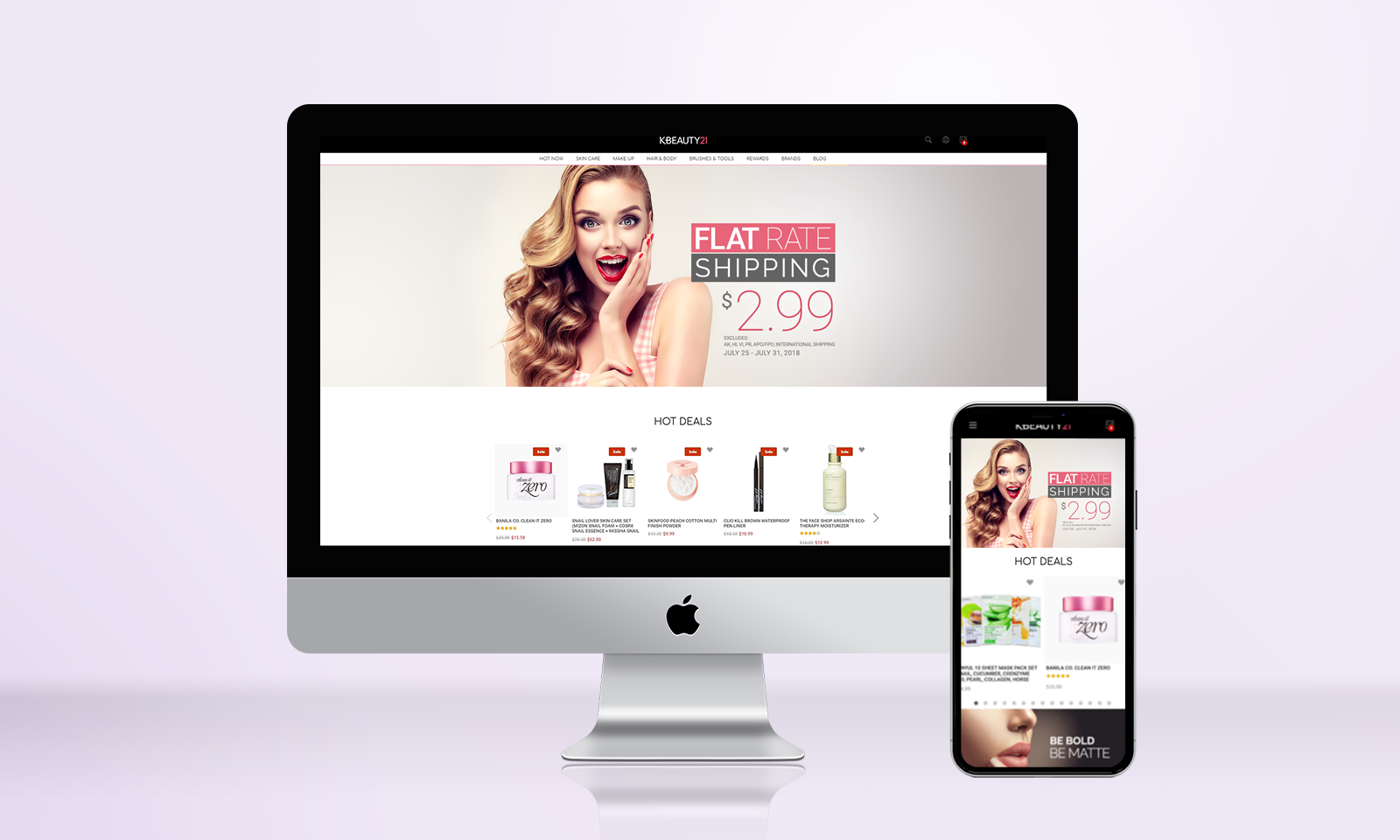My Role: UX/UI designer / Team members : Ahwon Cho, Adam Turek(Researcher), Sarah Dewey, Mahaley Silva
Problems
- Hygiene concerns
- Hard to see the menu until come right in front of the truck
- Need enough time to decide what to order
- Have no idea what they are selling if it is not familiar
- Don’t want to wait too long time in line.
Solutions
- Intuitive search flow with filtering options.
- Optimized search and filtering options using detailed reviews
- Provide a fun way to educate people about food and culture.
- Location-based push notifications.
- Provide accurate order process and status.
Project Plan
Our first team meeting was a brainstorming session enabled by Google Docs. Thereafter, the structure of all of our meetings were much like our first — get together, establish our goals for the week, issue responsibilities, disperse to play our parts, to then unite again for a review before the following week’s submission deadline. Our goal was to create an application that builds community within and
around the food truck industry. We were also on a very limited timeline that helped us easily model a work schedule for the following weeks to come. Keeping in mind that we only had 6 weeks to conduct our research (user interviews, personas, jobs-to-be-done, and journeys), design (wireframes, a prototype, and revisions), and deliver our final presentation, the four of us did our best to remain
communicative throughout the course of this project.
Research
COMPETITIVE COMPARATIVE ANALYSIS
A competitive analysis of the food truck aggregation mobile app market yields several apps that offer similar features to Foodstuff Finder. Competitors such as Mobile Nom, Best Food Trucks, Street Food Finder, Truckster, mFood, and Where’s the Food Truck all enable users to perform map searches for nearby food trucks using current and custom locations, follow favorite trucks, share, and set
notifications. Beyond these standard features, each app offers a variety of additional features, such as search filtering options, calendars for finding nearby events, the ability to book/invite food trucks, enhanced sharing and messaging options, and mobile ordering. Only one of these apps currently offers nationwide coverage, with the majority focusing on select cities within specific regions. No competitor combines the geographic coverage, features, and the effective UX and visual design of Food Truck Finder.
KEY TAKEAWAYS: INTERVIEWS
Convenience of Location
Our interviewees revealed that they typically visit food trucks over other dining options due to the convenience of a truck’s location. Most of our participants could recall a scenario that involved venturing to an area or particular place they associated with food truck appearances. These spots were often communal or public and were frequented by that participant — such as the lot of their
preferred grocery store or outlet, occupying a spot near a brewery, outside their workplace, and more. Under most circumstances, the participants were usually familiar with the truck’s environment and surroundings.
Education
When asked about their preference, participants expressed an interest in learning more about their food — a dish’s ingredients, origins, a truck’s partnerships with local suppliers, or other facts — as part of their food truck experience. All of our participants view food trucks as an authentic source of cuisine and culture and acknowledged that having access to educational information could lead to a more inclusive experience.
Variety
Prevalent in the conversations with our participants was the concept of variety. Appealing as a diverse option, participants often choose food trucks because they expect a wider variety of menu items, atypical menu items, multiple portion sizes, or items that have been perfected to the point of obsession and in some cases is the truck’s identity in a bite. Users also appreciate that a congregation
of food trucks can offer an unmatched assortment of food choices.
Experience
Our participants recognized that food trucks do not offer a holistic dining experience. Though a truck might have a brick and mortar location, a food truck is not a restaurant. You do not have a server that tends to your needs or wants throughout your experience and alcoholic beverages are often unavailable. However, food trucks can offer a holistic experience in a different way. They provide
customers with an excuse to be outside in their community alongside their neighbors, with food as the catalyst. The owners and employees of food trucks are also more invested in each customer’s particular experience and connecting with their customers in a compact time frame. Food trucks rely heavily on regular customers, word of mouth, and social media to publicize their business — they need their reviews to be positive. Whereas restaurants, especially chain restaurants, can survive despite iffy service and traditional dishes.
Define
In order to successfully harness the industry’s existing qualities of inclusivity and connectivity in our application, our research set out to guage the perceptions, motivations, and behaviors of its customers. To simplify our scope, we focused on asking participants questions that revealed their willingness to engage and differences in attitude towards mobile and mortar food and beverage establishments. All the while, pinpointing the factors that influence the regularity of their interactions with food trucks. Cognizant of behavioral economics but also interested in viewing things through a different lens, our interview with a food truck worker corroborated the situational tendencies our participants claimed to carry out.
Since we find ourselves in the midst of a unique period in our nation’s history, we also
implemented a few questions in our interview outline that would show us how participants were reacting to the implications of the COVID-19 pandemic. This research allowed us to further empathize with potential users while also giving us the opportunity to reflect a level of sensitivity in our designs.
In summary, we performed an inventory of our knowledge, reviewed documentation (articles, reports, etc.), competitive comparative analysis, released a survey, and conducted a total of 8 interviews in order to better understand our potential users. Using that data, we created a persona, customer journey map, and scenario that ushered us into the design phase.
Persona
User Scenario
User Journey Map
Ideate
User flows
Wireframes
Visual Design
Reflection
Every team, every project, has its complications. This project was a learning curve for all of us, but mostly in the sense of learning how to work with each other in an effective way that would produce results — not only changes in team dynamic but also in the quality of our work. A few of us were also presiding in roles that we have not held or experienced before and that was an adjustment in and of itself. Perhaps the most important lesson we have all learned from carrying out this project is that communication is key. With this in mind, our conversations shifted into talks aimed to improve each other’s understanding while also learning to compromise within a group setting. Though we are aware that we struggled to communicate well in the beginning, we are proud of our concerted effort at the end to create an excellent portfolio piece.
